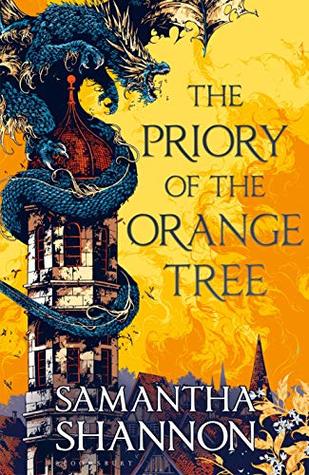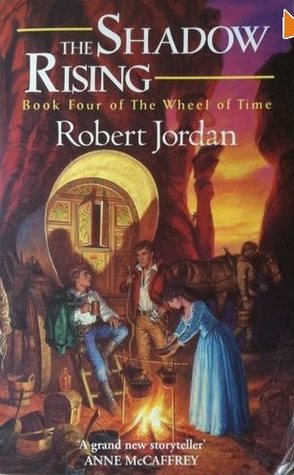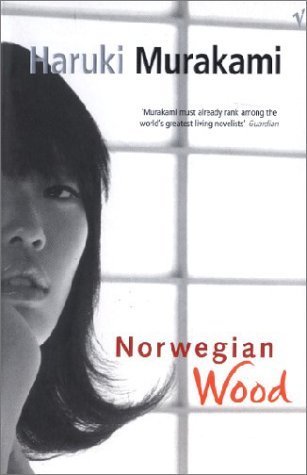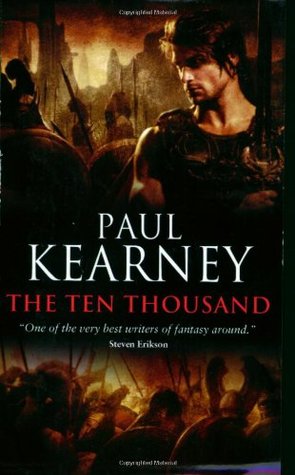by Neal Stephenson
Hardback Edition, 880 pages
Originally published 2015
“Earth looked as if some god had attacked it with a welder’s torch, slashing away at it and leaving thin trails of incandescence…”

I do enjoy a good end of the world story especially when there’s no Bruce Willis or Ben Affleck to swoop in and save the day as our planet is well and truly screwed! After the moon blows apart a science genius announces that earth has two years before a hellfire storm, which becomes known as the Hard Rain, will turn our home world into an uninhabitable world of desolation. During the final two years of our existence the world governments join forces and launch into space as many habitable ships full of resources and clever folk as the remaining time permits. As a synopsis it sounds awesome but sadly there are only mere glimpses of greatness.
Parts 1 and 2 cover the two year preparation before the mass extinction and it isn’t what I expected or wanted from an apocalypse book. Rather than focus on the reaction of civilisation the majority of the story is set on the space station that will inevitably become the new home of the few lucky survivors. There’s no insightful prose into the emotional side of the apocalypse and how people are coping. There isn’t even any rioting, which is ridiculous. Instead of mayhem we’re subjected to endless pages of science theory and space craft construction, which both go into the most painstaking detail I’ve ever read in a novel. This reads more like a government handbook on what to do if the moon blows up. There is kind of a story but mostly this is shameless self indulgence. Part 2 is way better than part 1 as there’s an actual story that develops but just I was starting to like where it was going part 2 finishes and fast forwards 5000 years.
It only took 20 pages of part 3 before I was on Wikipedia reading a summary so I didn’t have to read 300 pages of mind numbingly boring descriptions of more sciency stuff and space crafts. Very disappointing.
My score – 1/5








